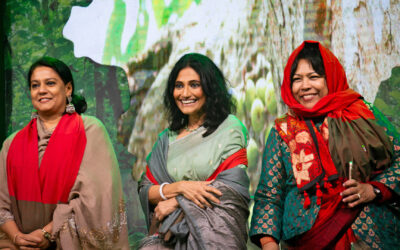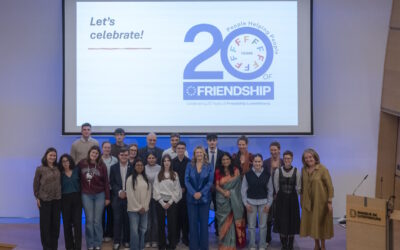In July and August of 2024, massive upheaval by the nation’s youth led to what is now being called ‘Bangladesh 2.0’
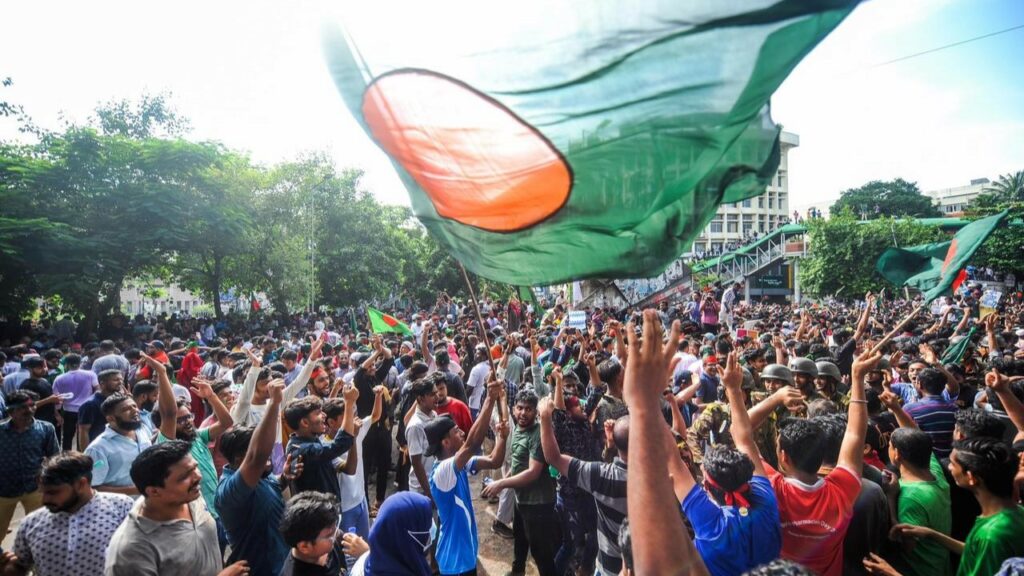
by Abu Bakar Bin Alam,
20 August, 2024
In July and August 2024, widespread unrest led by the nation’s youth culminated in what is now being called ‘Bangladesh 2.0’. University students and recent graduates drove the movement, spurred into action by a Supreme Court ruling that reinstated a 30% job quota in government positions for descendants of those who fought in Bangladesh’s Liberation War in 1971.
Bangladesh, a nation rich in both people and challenges, has long struggled to provide sustainable employment opportunities for its youth. With a median age of 27, the country produces many promising graduates each year, many of whom cannot secure employment. Government jobs, highly coveted for their stability and benefits, became the focus of the protests. The demonstrators, united under the Anti-Discrimination Student Movement’s banner, took to Dhaka’s streets to demand reforms to the quota system, which they viewed as discriminatory. Over several days, they blockaded key roads in the capital, insisting on changes to ensure fairer access to employment.
The situation escalated on 15 July when members of the ruling party’s student wing attacked the peaceful protesters, a brutal act that was widely broadcast across both traditional and social media. Unlike previous protests over the last 15 years, the demonstrators did not back down. Instead, they returned to the streets the following day with renewed determination, bolstered by support from not only university students but also college and even school-aged children. The strong sympathy for the protests within the general public stemmed from an interview where the then-prime minister asked if, instead of the families of liberation war martyrs, the quota should be for the descendants of the Razakars (traitors) instead, an insinuation that many took affront to.
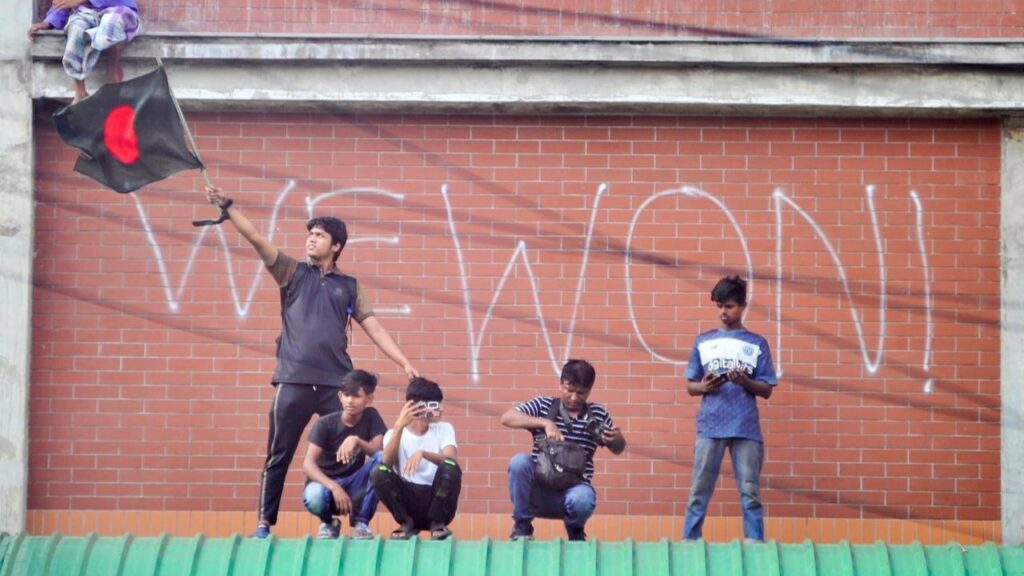
Tragically, the protests turned deadly on 16 July when law enforcement agencies, working alongside the ruling party, attempted to break up the demonstrations. At least six students were killed, a move that only served to intensify public outrage. With the unrest threatening to spread beyond the students and develop into a national crisis, the prime minister addressed the nation the following day. However, her speech did little to calm the situation, especially as bystanders, municipality workers, transport workers, shopkeepers, and many others were grievously injured by law enforcement within that time.
The public sentiment towards the ruling party had already soured by that point, with recent news regarding massive embezzlement by several senior officials of the government, administration, finance and law enforcement in quick succession since Eid-ul-Adha. These seemed to be the culmination of years of poverty, inequality, visible corruption, injustice and unaccountability which were possibly the deep-rooted cause for this disenfranchisement of the public towards the Awami League, judging from social media posts in the country at the time.
On 18 July, in an attempt to regain control, the government shut down internet access and blocked social media across the country for over a week. During this period, thousands were arrested, hundreds were killed, and many more were injured. The government imposed a curfew on 19 July and deployed the army nationwide. In a last-ditch effort to quell the unrest, the Supreme Court reduced the freedom fighter quota to 5%, but by then, the protesters’ demands had evolved. They were now calling for the resignation of key government figures, including the prime minister, whom they held responsible for the tragic deaths.
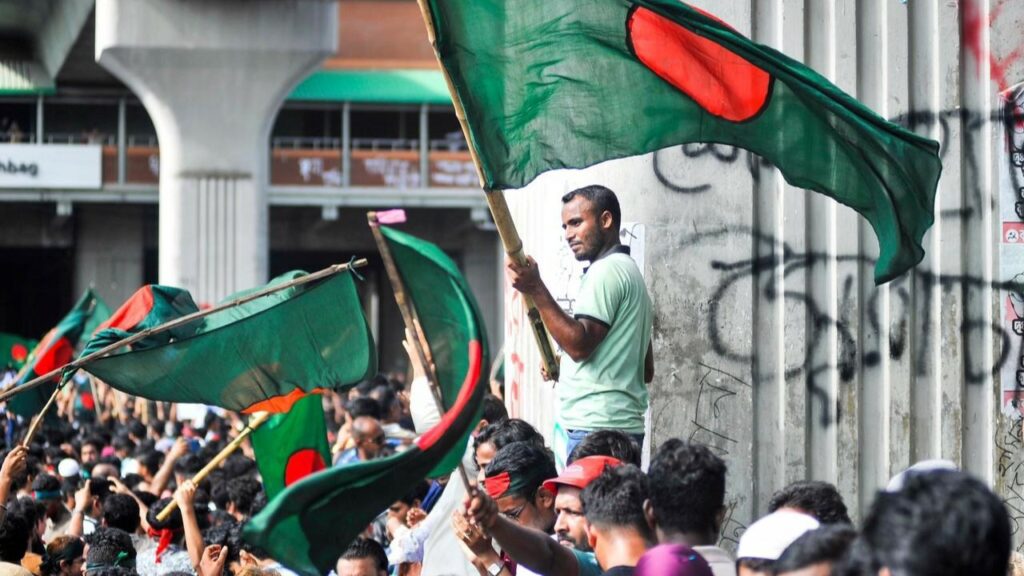
As the protests swelled and more people from all walks of life joined the movement, the pressure on the government became insurmountable. On 5 August, the prime minister resigned and quietly left the country. However, what should have been a moment of triumph turned into a period of chaos. Incognito bad actors exploited the power vacuum, leading to widespread vandalism and violence, particularly against police stations. With no functioning government, law and order broke down, resulting in further deaths until an interim government was announced.
The United Nations Office of the High Commissioner for Human Rights (OHCHR) published a report on the situation, confirming that over 600 people were killed during the protests, with most deaths occurring between 16 July and 6 August. The report highlighted the excessive and disproportionate use of force by law enforcement, who deployed live ammunition, military-grade weapons, vehicles, helicopters, and drones against largely unarmed civilians.
The report also noted that the actions of the law enforcement agencies breached not only Bangladesh’s laws but also several international human rights commitments to which the country is a signatory. The deliberate maiming of numerous protesters suggests intentional targeting. Over 700 individuals were admitted to the National Institute of Ophthalmology and Hospital in the past month alone with gunshot injuries to their eyes. Additionally, at least four journalists were killed, and scores of children, some as young as four years old, lost their lives. Prothom Alo, the nation’s largest newspaper, confirmed that 70 children were killed, while UNICEF estimated the number at 65.
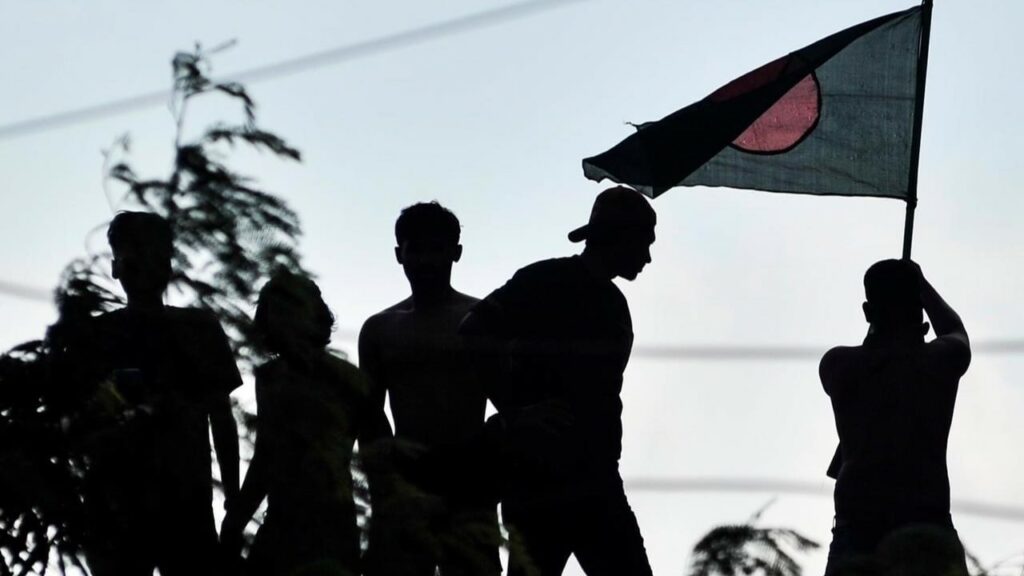
As of the writing of this report, several wounded protesters have succumbed to their injuries. Additionally, many bodies remain unclaimed or unidentified in hospital morgues, and others were hastily buried, suggesting that the true death toll may be even higher.
The interim government, which was established on 8 August as demanded by the protestors, is headed by Nobel laureate Dr Mohammad Yunus, the pioneer of microfinance, who serves as chief advisor. He is supported by 20 advisors, including distinguished economists, career civil servants, military officers, human rights activists, and two young coordinators of the student protests. These individuals, all remarkable in their own right, have taken on the formidable task of leading the country through this tumultuous period.
Dr Yunus has stated that the interim government’s primary goal is to implement significant reforms to the government structure and policy to facilitate a fully free and participatory election for a democratically elected government. In the meantime, the interim government is focused on restoring law and order, rebuilding trust in law enforcement agencies, eradicating corrupt practices, and ensuring justice is served to those responsible for the violence. They are also committed to compiling a comprehensive and accurate list of those killed during the protests.
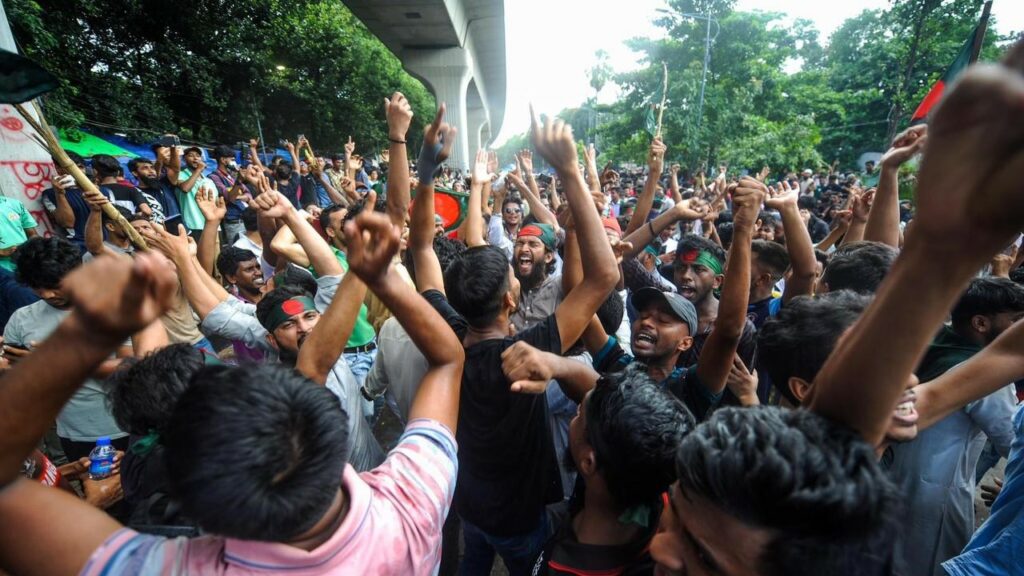
Despite the challenges ahead, the interim government is buoyed by the hope and determination of the people. As Dr Yunus aptly remarked at a recent meeting with diplomats, “I must succeed, as there’s no other option.”
Bangladesh has a storied history of mass uprisings when its people have been pushed to the brink by discrimination, injustice, and disillusionment. The events of 2024 reaffirm the importance of addressing these issues. It is imperative that people are provided with respectable, sustainable economic opportunities, that they are treated with dignity, and that they are not disenfranchised from their civic rights. Those in power must listen to dissenting voices. We are living through a time of great change, and if we can work together, harnessing our differences, we can achieve transformative progress.


